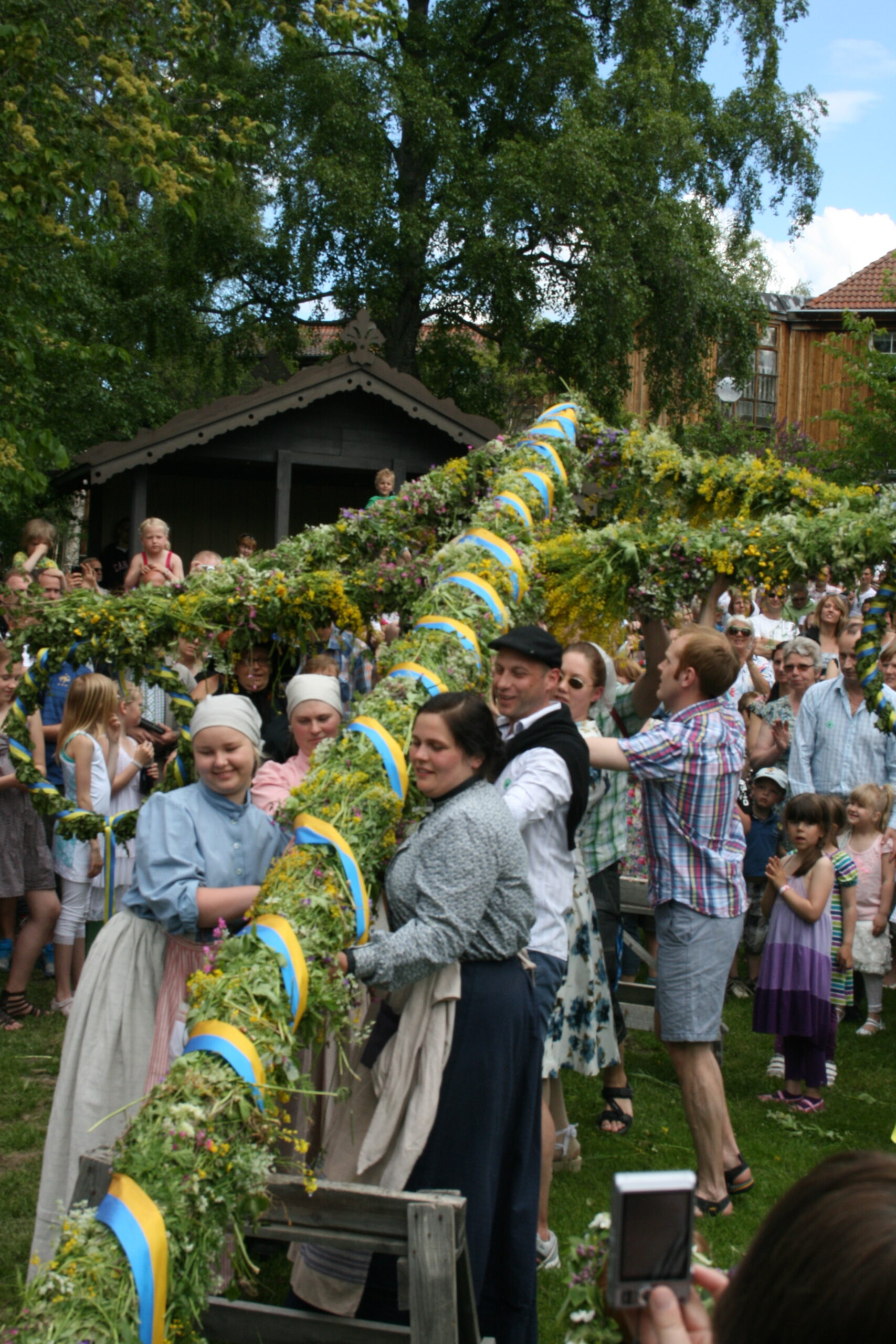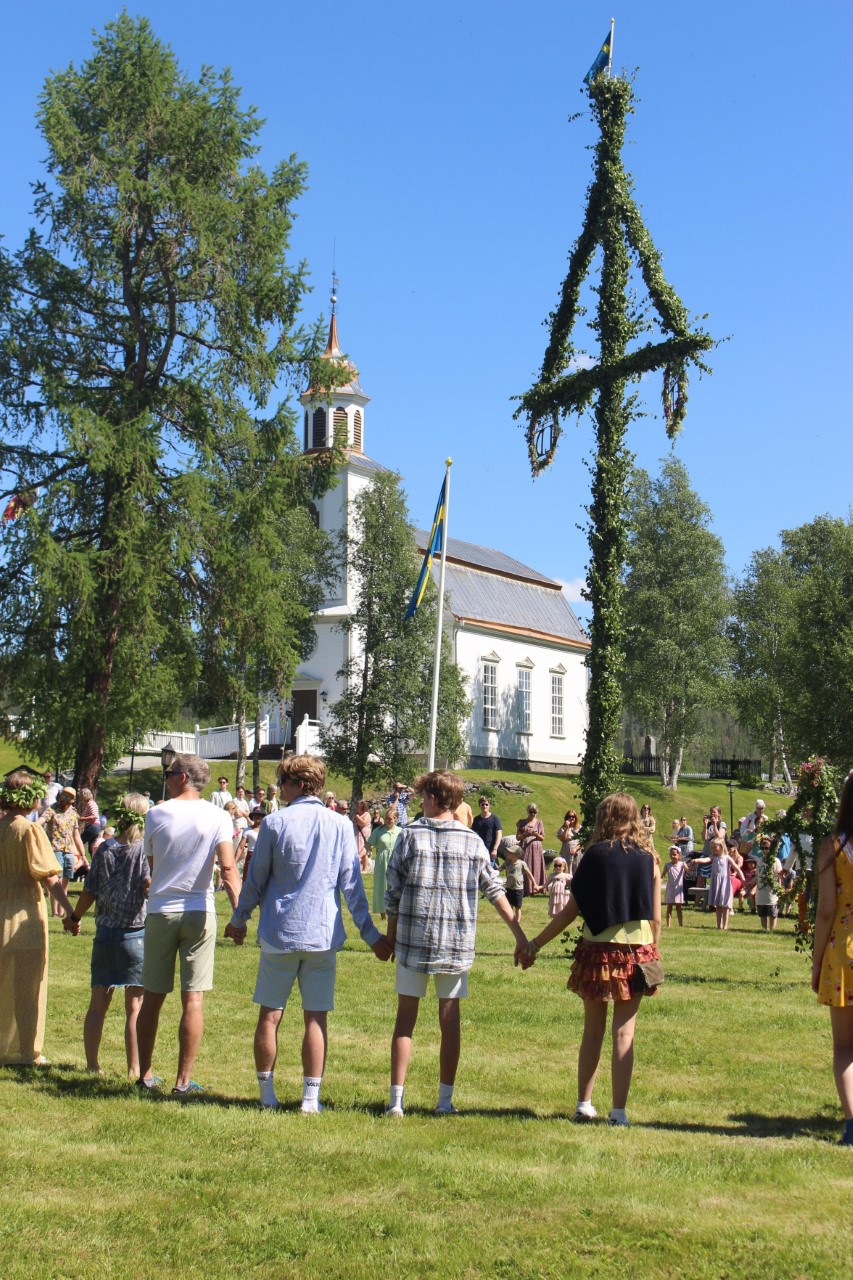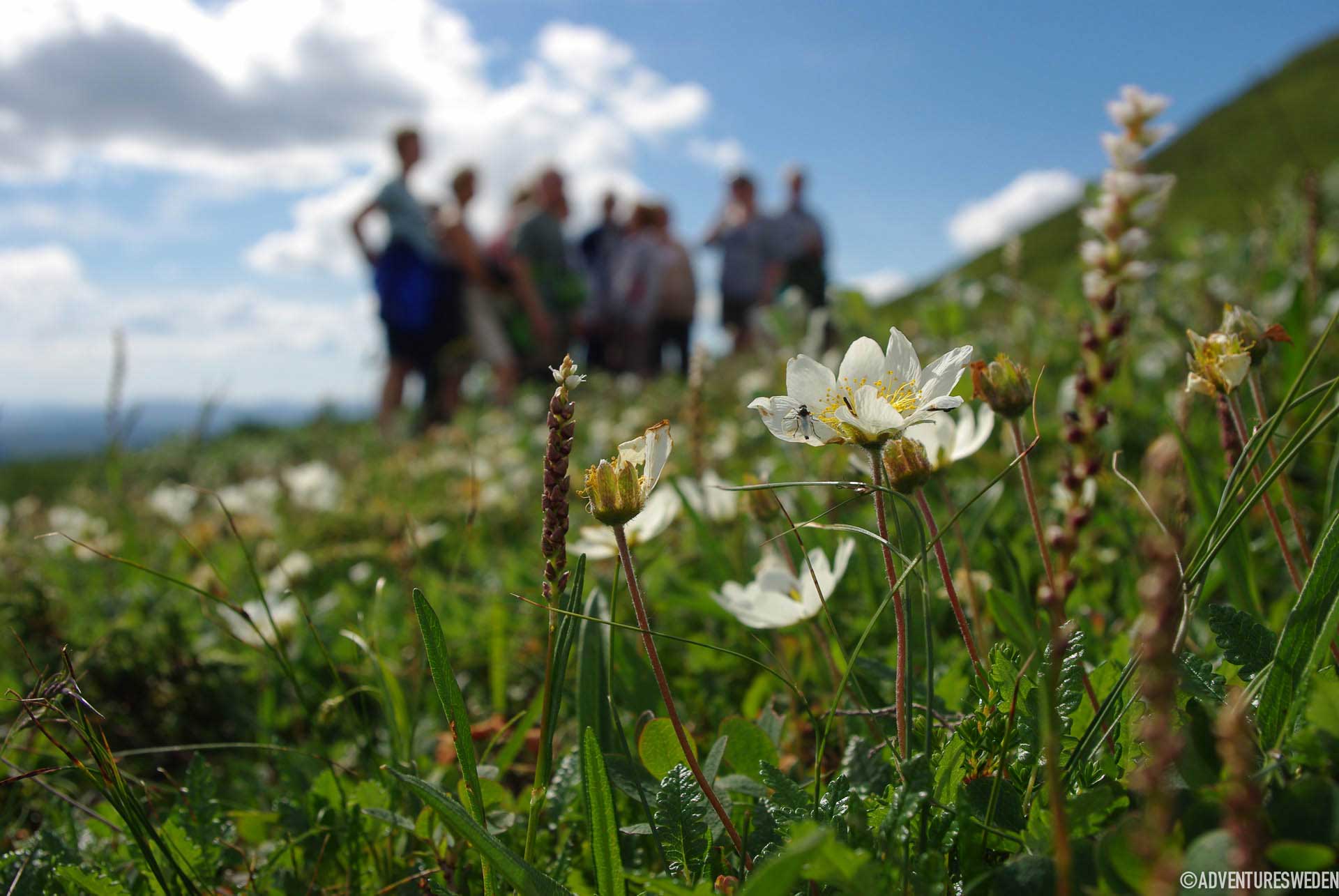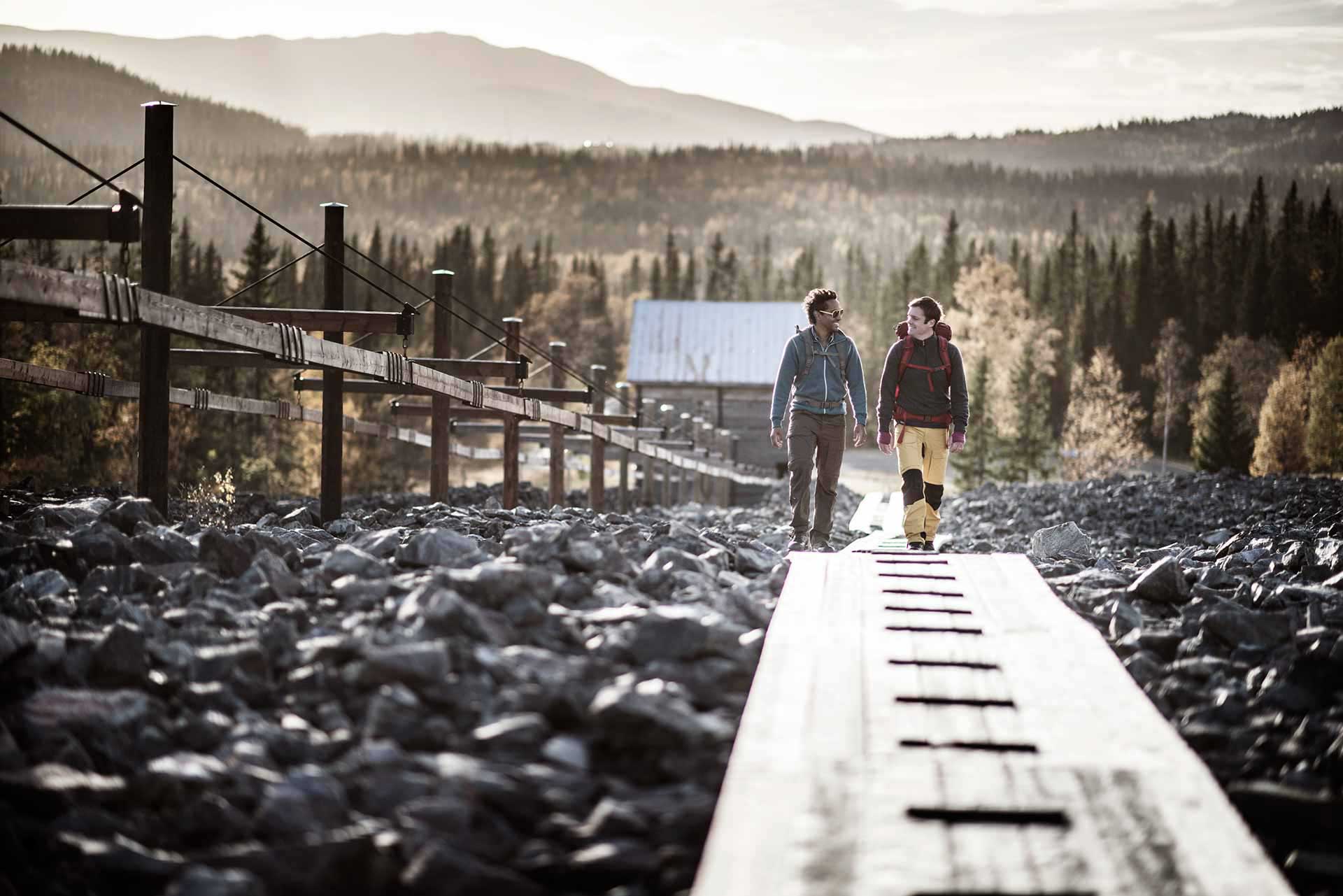Midsummer celebration is an ancient tradition
Midsummer is a traditional Swedish celebration that has its roots in ancient pagan rituals to mark the summer solstice and the original date for celebrations is on June 24th. The Midsummer pole was and is a central symbol of the holiday and is believed to have been introduced to Sweden from Germany during the Middle Ages. The pole is decorated with flowers and leafy birch branches. The pole often had a central place in the village or town square where people gathered to celebrate the holiday. For a period of time, Midsummer celebrations were forbidden as it was seen as a pagan ritual. But celebrations continued secretly in remote, rural areas. Eventually, the tradition spread back into the cities, and today Midsummer is celebrated all across Sweden.
Midsummer wreaths and dancing around the Midsummer pole
Many people create their own wreaths made of flowers and leafy branches, which they then wear on their heads throughout the holiday. When gathering family and friends on Midsummer, it is customary to sing, dance, and play games. Classic songs with traditional moves are sung around the Midsummer pole. Examples include Små grodorna – “The Little Frogs,” Små grisarna – “The Little Pigs,” Vi äro musikanter – “We Are Musicians,” and “Ritsch Ratsch, Filibom Bom Bom”. In recent times, other games such as Kubb, Boot throwing, “Pen in the bottle”, and “Spinning around the pole” have become popular to engage in as part of the celebrations.
The Midsummer Feast
A festive meal served on nice China and with a nice white tablecloth is customary for midsummer. Foods include pickled herring with different seasonings (usually a midsummer feast table should have around three kinds of pickled herring) and fresh potatoes (early harvest), along with other traditional dishes such as meatballs, mini sausages (so called “prinskorv” with a large percentage of meat in them), and ham.
The food Swedes eat on Midsummer is closely associated with the food Swedes eat at Christmas and Easter, such as pickled herring, eggs, ham, potatoes, and salmon. However, the tradition also revolves around grilling and smoking meat or fish during Midsummer, which stems from the ancient pagan belief that fire had protective powers against evil spirits. Taking a Schnapps (Aquavit) with the meal is something that has followed in the tradition and is often served with the pickled herring, fresh potatoes, and other traditional Midsummer dishes.
Berry-based desserts and pies are another tradition in Midsummer celebrations. In Sweden, Midsummer is called the “wild strawberry weekend” because it is the peak of the strawberry season (in the south of Sweden and in the north the peak will occur a little later), so it is not uncommon to have strawberry-based desserts like strawberry and cream cake, strawberry pie, and strawberry ice cream for dessert.
Seven types of flowers under the pillow
One of the strongest traditions associated with Midsummer is picking and placing seven types of wild flowers under the pillow on Midsummer night. The significance of seven types of flowers stems from the belief that each flower represents different aspects of love and life. The tradition is also associated with the belief that the flowers will create dreams during the night about the future spouse of the person who picked the flowers.













